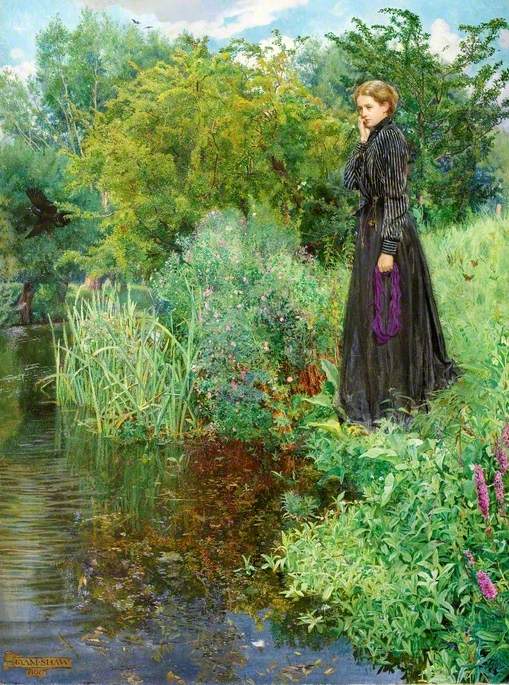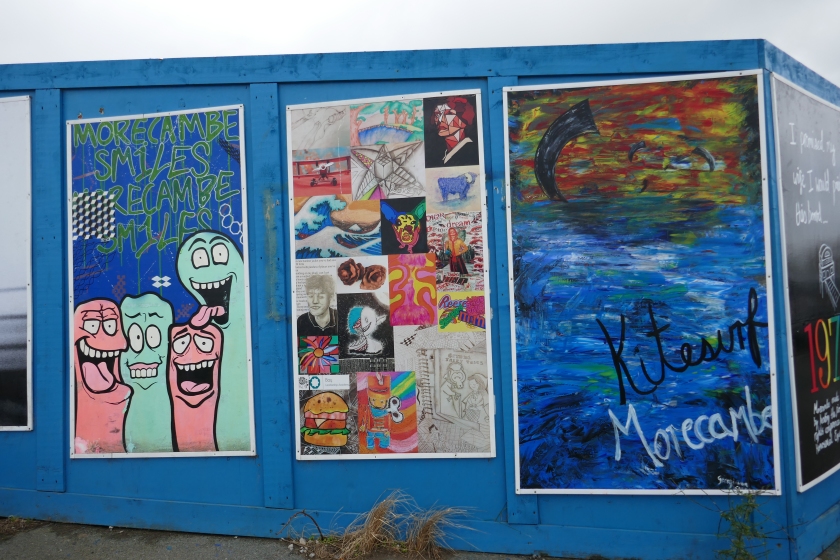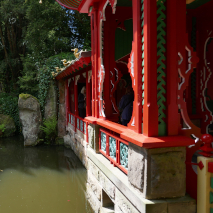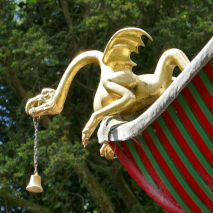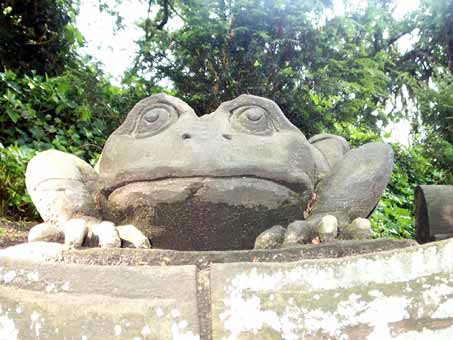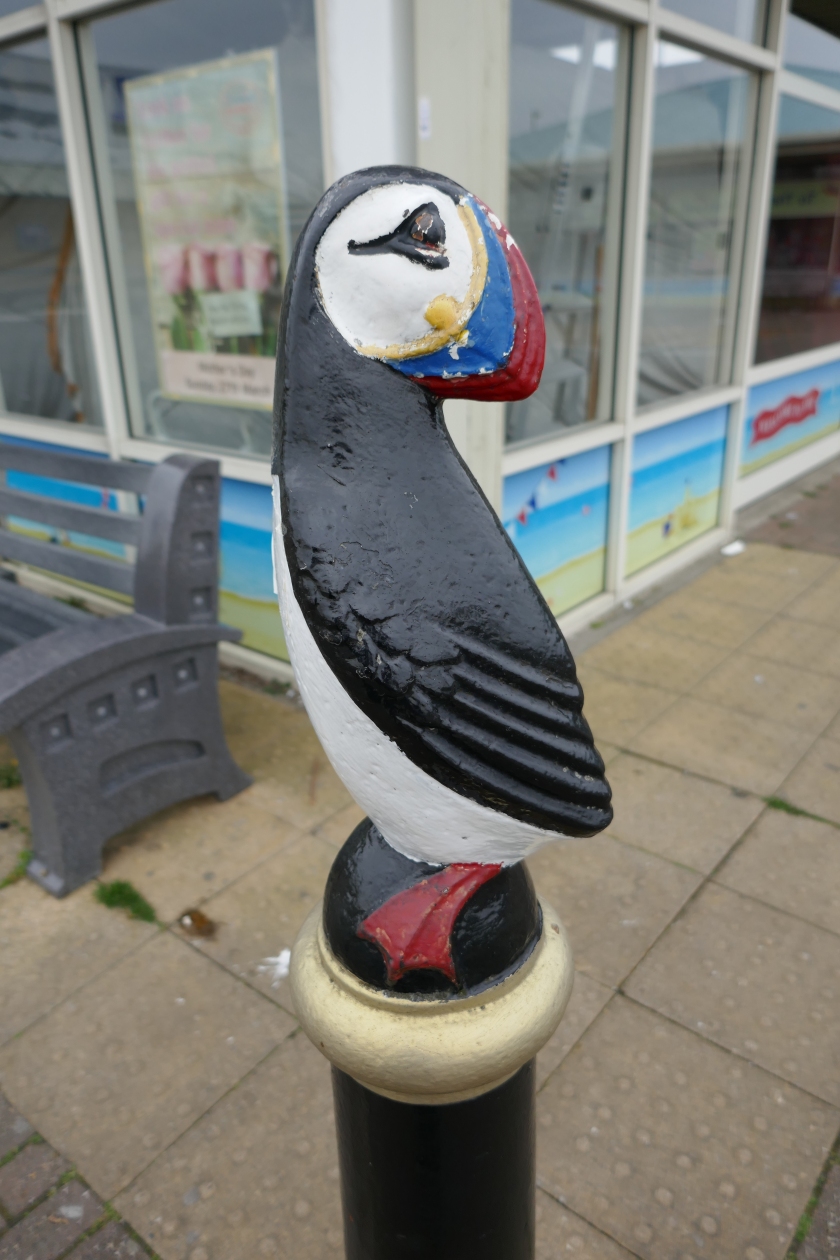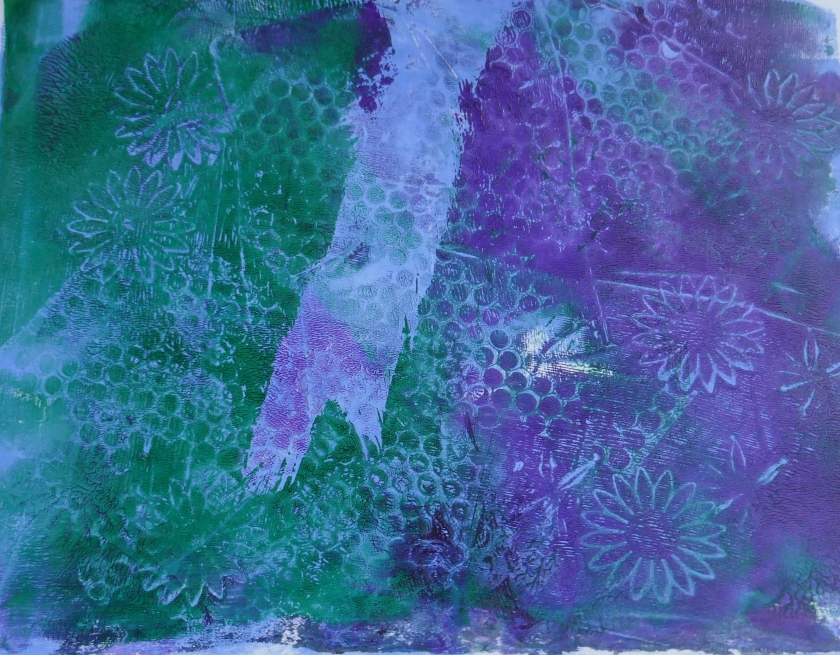When this topic was first suggested, I wasn’t sure I could write about it. Most of my books are contemporary, with backdrops that I’m reasonably familiar with (archaeology, old buildings) and plots that revolve around wholly fictional ideas (vampires, talking ghosts). But then I realised that even I need research. The books may have contemporary settings but they also include fragments of history, and occupations I’m less familiar with – and of course I need to fact-check everything. So perhaps I do more research than I thought.
Because my books are a weird mix of history, mystery and romance the research is obviously quite a hotch-potch too. In Echoes of Blood, for instance, I checked up on several of Liverpool’s well-known buildings including St Luke’s church which was bombed during World War 2, and the Palm House and various other features in Sefton Park. I then spent a couple of happy hours reading up on the famous Ninth Legion of Rome, which apparently disappeared in mysterious circumstances. It should have been longer, really, but I soon discovered that there’s surprisingly little evidence (hence the mystery). That was frustrating, but it also gave me free rein to invent an appropriate backstory for the arrogant, enigmatic character of Vincent.
In December Roses, which is set in a once-grand and beautiful garden, there was lots of research on plants and flowers, and on historic garden design. However, main character Nat is a soldier who’s been injured in a bombing in Belfast and suffers not only broken bones but also PTSD as a result. That meant a lot of reading around the subject of army rehabilitation, from the ranks and uniforms of army medical staff to the symptoms of PTSD and how they represent. I tweaked some of it to fit the needs of the story (in real life no soldier would spend as long in rehab as Nat) but at least I understood what I was tweaking and why.
Ghosts Galore brought its own learning challenges, especially in the realms of TV production. I’ve been involved in a minuscule way (I was filmed for an episode of Antiques Roadshow once, and accidentally gatecrashed a TV recording at Blackwell House). But for much of the detail in the book I spoke to my friend Angela King (author of Blood of Kings), who has much more experience. She provided the information on some of the techniques (eg the continuity photographs) as well as the structure of smaller production companies, and I’m deeply grateful for her input. And I spent a lot of time digging into the subject of priest-holes, which have always fascinated me. The ones at Greystones Hall are loosely based on real-life hiding places at old houses I’ve visited over the years, especially Harvington Hall in Worcestershire which is riddled with them.
However, I think the weirdest research I’ve ever done was for December Roses again, and involved the wonderfully grotesque frog pictured above (pic courtesy of the Beautiful Britain website). I discovered that it was designed by Benjamin Waterhouse Hawkins, the man responsible for the famous dinosaurs in Crystal Palace Park, and was created for the Chinese garden at Biddulph Grange in Staffordshire, which helped to inspire the setting for the book. It’s delightfully ugly and I’ve always had a soft spot for it, so much so that it has a cameo role in the book.
They were approaching it from a different direction and the first thing he saw was a massive stone frog. It was a bit hard to miss, since it was squatting on a wall leering down at him, and for one startled moment he wondered if they’d been putting LSD in his tea. But no, it was real enough, if utterly grotesque. ‛One of your ancestors?’ he called.
That made the flying legs stop. ‛Oi.’ Richie’s voice was a pretend growl, as he stopped, came back, and used one long musician’s finger to prod Nat in the midriff. ‛That’s the family crest. Three frogs and three crowns. Don’t ask me why—something to do with the Frogmorton name, I suppose. But there are frogs all over the inside of the house if you know where to look.’
If you like the sound of any of these books then head for my website where you can find out more.
And while you’re at it, check out the posts from the other webring members on the weird research they’ve done:
A L Lester :: Addison Albright :: Nell Iris :: Ofelia Grand :: Ellie Thomas :: Amy Spector :: Holly Day :: K L Noone

